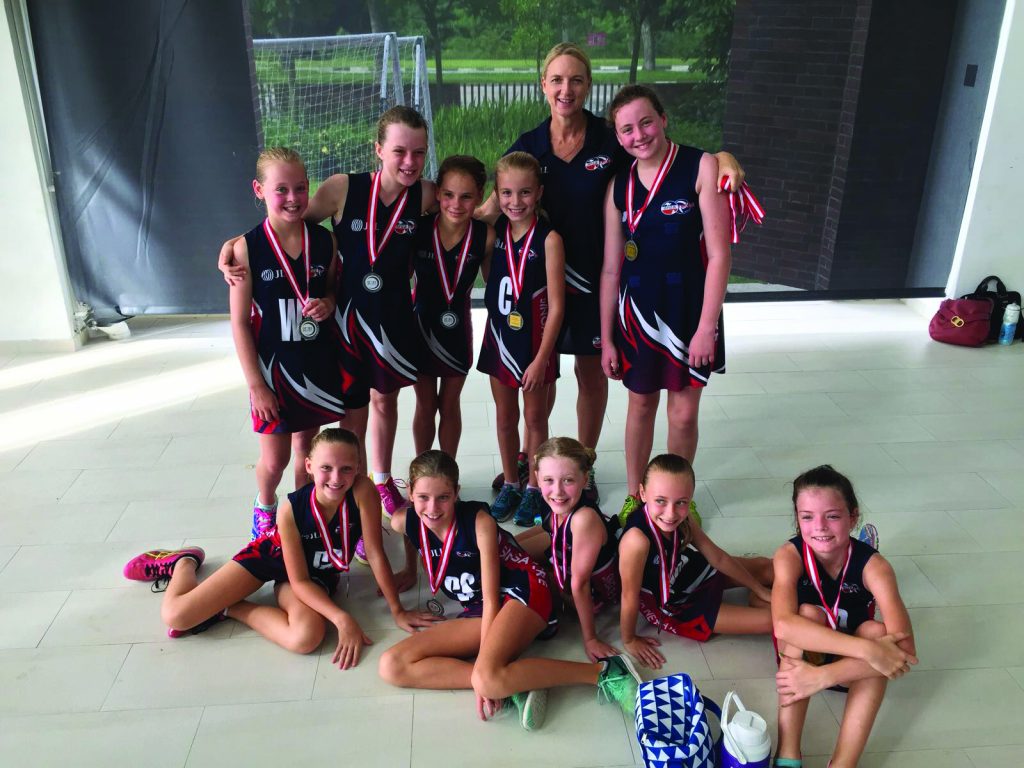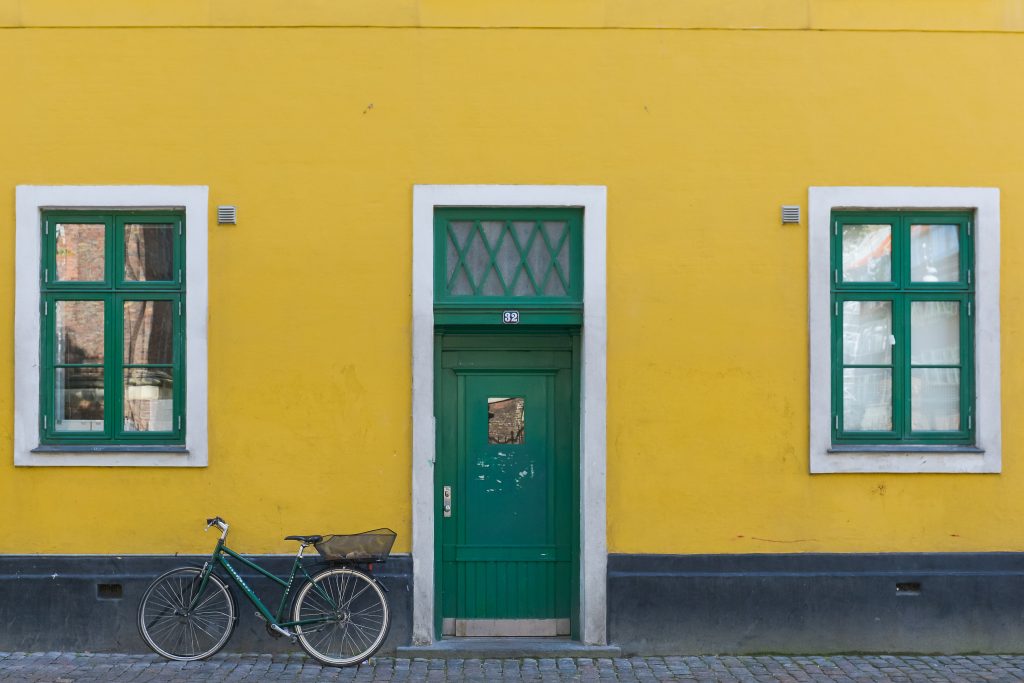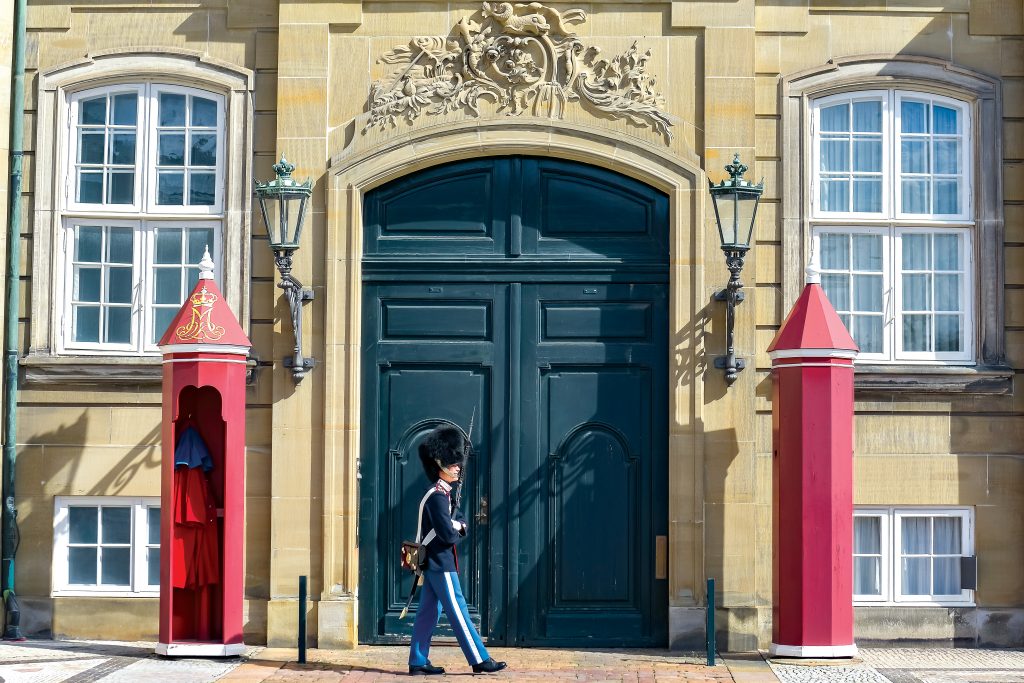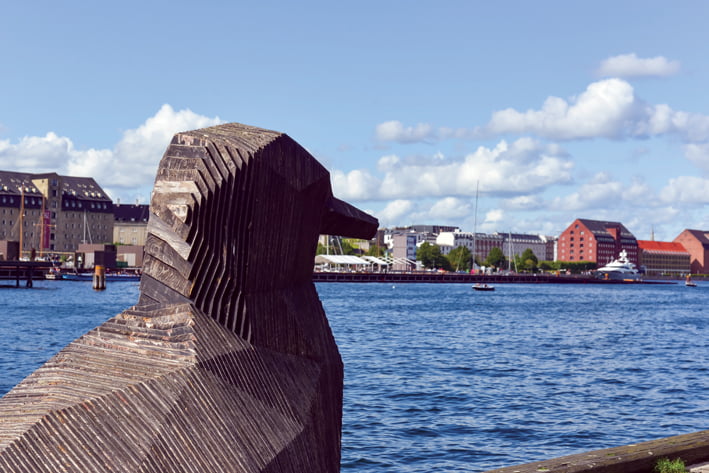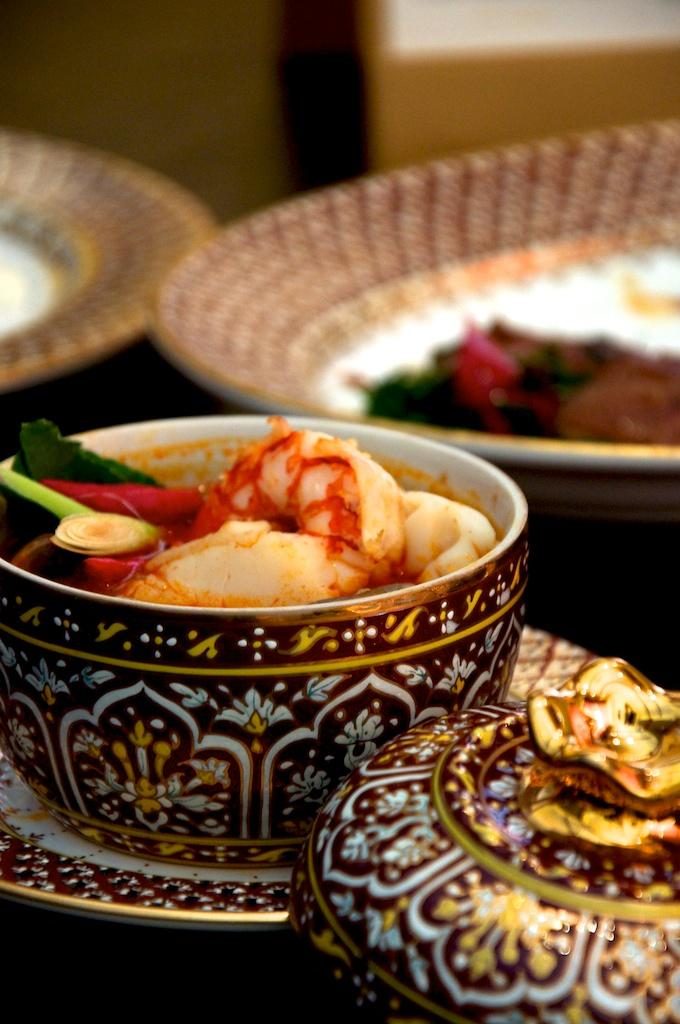Lee Carsley looks at this statement, and finds that despite the hyperbole, it is time to quit the sit.

Please stand up while you are reading this.
In 2014, Dr. James Levine, wrote, “Sitting is more dangerous than smoking, kills more people than HIV, and is more treacherous than parachuting. We are sitting ourselves to death.”
It stuck. We love slogans. So does Dr. Levine. But, of course, it’s not strictly true.
Parachuting is statistically among the least treacherous adrenalin-chasing things to do – but, it’s still throwing yourself out of a plane. An Australian study stated that 1.8 million of the 2.7 million smokers in Australia will die from a smoking-related illness. In 2016, 1.9 million people around the world died from AIDs-related illnesses.
How many people die from sitting every year? Uh, zero. Still, while sitting might not kill you straight away, it may just pull the pin on you slowly.
Humans are not built to sit for extended periods of time. We were built to do stuff, like hunt for food and forage and create amazing art and generally be active – not to be stationary in office jobs for 12-hour days.
Sitting increases load on the spine and discs resulting in slouching. Over time, this does cause changes in muscle length, affecting the strength and performance of postural muscles in the spine and shoulders.
Sitting also impacts the way our digestive and endocrine (immune system) work, slowing them down, causing no end (pardon the pun) of problems in these departments.
Sitting has also been linked to cancer, heart disease, diabetes, anxiety, and depression. What a rap sheet! The key word here is ‘linked’ – so no direct cause per se and there are some other factors to consider (like how many Oreos we consume during one binge-watching sitting) – but still enough to bear in mind.
And voila – there’s the pain and predisposition to injury that Dr. Levine was getting at.
Sitting is clearly very bad for us – but it is not as bad as puffing away on a cigarette.
Rather than being the ‘new smoking’, we need to think of sitting as part of the wider problem of our growing physical inactivity.
So here are a few pointers of advice:
- Go for a brisk walk of 15 minutes, anytime, anywhere. Put the ANZA magazine down and head out into the city.
- The 20-20-20 rule. Every 20 minutes, stand up and focus on a point 20 feet away for 20 seconds. Even this short break will allow your spine to experience some relief and reduced load. It allows the small muscles of your eyes, and the muscles around your shoulders and neck, to rest.
- Shoulder rotations, turning your head gently from side to side, and reaching both arms up overhead will also negate that dastardly desk sitting.
- And of course, my plug for yoga – which is better than most other forms of physical exercise (my bias). Yoga is particularly adept at improving lower back pain and – crucially – reducing inflammation in the body, which means it can actually stave off disease. Give Malasana (the crouch position) a try, specifically. And because it can change the circuitry of your brain (something many other exercises cannot do), you can rewire yourself for better health, success and a longer life. You don’t want to sit those benefits out, do you?
Lee Carsley is an executive coach and leadership expert-turned-yoga instructor, who currently runs ANZA’s yoga classes each week.



